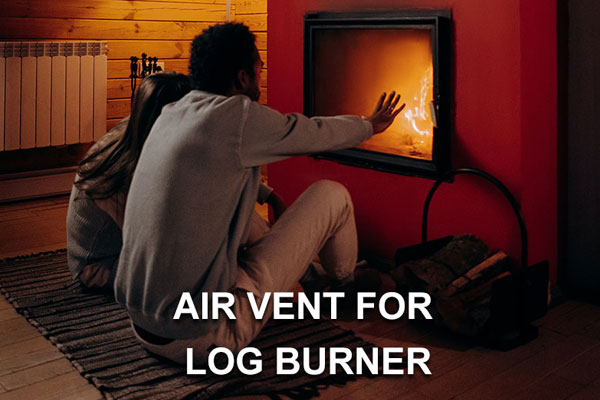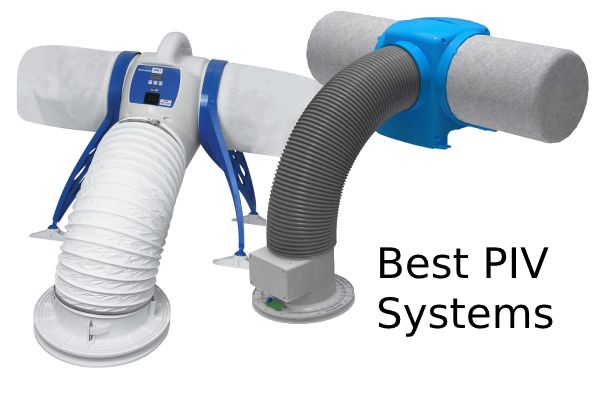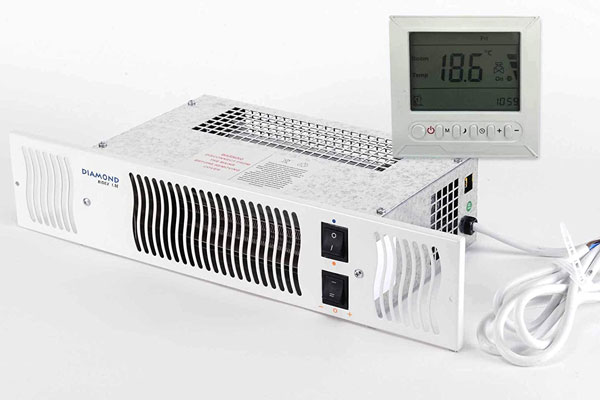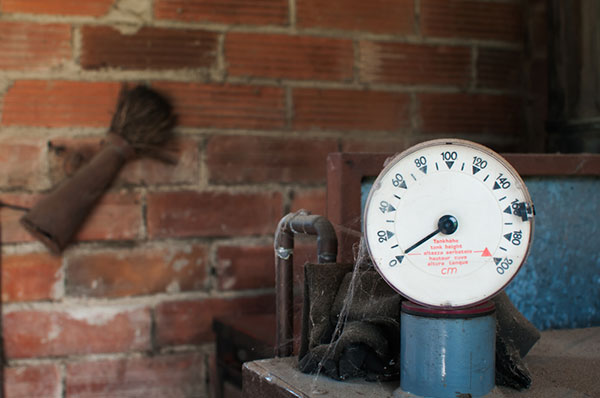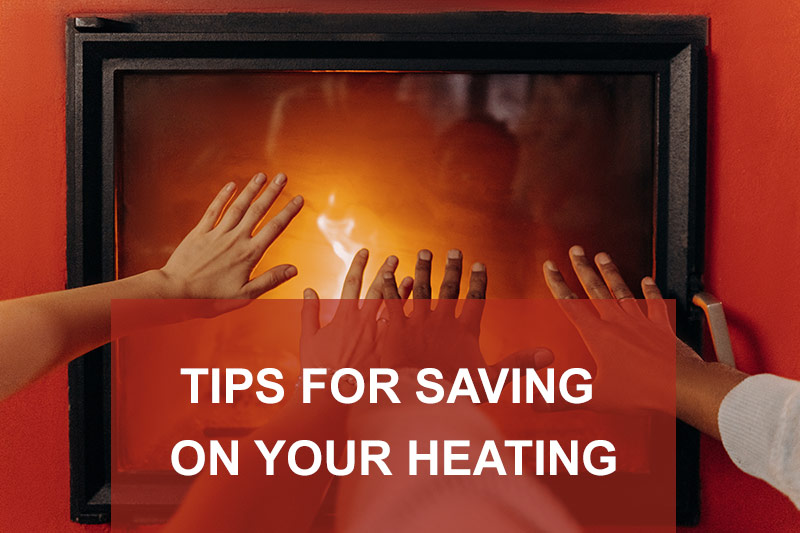Log burners have been around since the 1500s, and generations of families have benefitted from their fuel efficiency, flexibility and durability. Although they fell out of fashion with the introduction of gas and electricity heating, they have remained a popular heating choice for many.
Many people invest in new log burners as an alternative to fossil-fuel burning options, but installing a log burner needs care. Many people new to log burners will be unfamiliar with how they work and what measures need to be implemented to ensure their safety.
Do you need a vent for a log burner?
Log burners use combustible fuel – wood or coal – and the oxygen contained in the air to burn the fuel and generate heat. The burner is connected to a flue by a ventilating stove pipe, which fills with hot gasses generated from the burning fuel. The flue gasses will be hotter than the outside air temperature, creating an up-draught, so these combustion gases are drawn out of the fire chamber, through the flue and up the chimney.
At the same time, the vent allows fresh oxygen-rich air from the outside to be drawn into the log burner and used for combustion to keep the fire burning. Your log burner must have a vent, so this action can take place and allows toxic smoke and gasses to be safely vented outside.
However, if too much air flows up the chimney, it will cause the air in your home to depressurise. This can mean air will be drawn into the house through doors, windows and the chimney, which will draw the smoke from the log burner back into the room rather than allowing it to escape up the chimney.
Wood-burning stove air vent open or closed?
Log burners need air vents to function correctly and allow the fire to burn. The vents help to prevent the smoke from coming back into the room, but air vents have damper devices built in that you can open or close to control the amount of air that supplies the fire.
By opening and closing the vent dampers, you can increase or decrease the amount of air reaching the flames. The dampers have control handles, sliders or knobs that you use to adjust the airflow. Some modern log burners come with electronic or mechanical thermostatic devices that automatically adjust to regulate airflow to create optimal temperatures.
Keeping the air vents fully open can lead to more heat generated by the log burner being lost up the chimney, making it less efficient at heating your home. Vents left fully open all the time will also cause an issue called overfiring. Overfiring is when too much heat is generated in the fire chamber, which can damage your log burner by warping or buckling the internal metal components.
Wood-burning stove ventilation building regulations
Building regulations stipulate that log burners conform to a set of safety standards. Failing these regulations will mean you won’t get a certificate of compliance for your burner and you will face paying a fine if the log burner issues are not fixed.
This is why DIY log burner installations are not recommended. It is advised that you have your log burner installed by a HETAS-registered engineer. They are trained to install your burner to British safety standards.
The regulations in place that covers air vents for log burners and stoves depend on the air permeability of your home. This is how airtight your home is – the more airtight your home, the less permeable it is.
Houses built after 2008 are required to achieve an air permeability of 5 m3/hm2 or less to improve energy efficiency. Older houses will have much higher permeability ratings. You can get your home permeability level tested by a professional if you are unsure how airtight your property is.
If your home has a permeability of 5 m3/hm2 or more:
- Your home was most likely built before 2008
- Ventilation is not required for a stove with a heat output of less than 5kW
- For a log burner over 5kW in heat output, you will need 550mm2 of ventilation for each additional kW
If your home has a permeability of 5 m3/hm2 or less:
- Your home is likely to be a post-2008 new build
- Ventilation is required for any wood burner you install
- You will need 550mm2 of ventilation per kW of your log burners heat output
When to close vents on a wood burner
When you light a fire in your wood burner, ensure that all the controllable vents are open. Leave the vents open while you light the fire and when the fire is getting going. Once the fire is established, you can slowly start to close the vents.
Be careful not to close down the vents too soon, or it will cause the fire to smoulder or go out entirely. Closing down the vents will help to maximise the log burner’s efficiency without allowing the fire to smoulder or go out.
Closing the vents on the log burner will reduce the amount of oxygen getting to the fire, slowing down the fire and reducing how fast it will consume the wood or coal you use for fuel. Closing the vents will also reduce the heat output, so it is ideal to close the vents once the room is at a comfortable temperature and prevent it from becoming too hot.
Air vent size for wood burner
As ventilation rates for log burners are now based on the house’s air permeability and the appliance’s size, you will need to calculate the right vent you need for your wood burner to ensure its safety.
An air permeability test should give you an idea of where to start. Your test results will indicate how much ventilation your burner will need. For example, suppose your home has an air permeability of less than 5m3/m2. In that case, the regulations state that additional ventilation will be required to provide 550mm2 per kW of the appliance regardless of the stove’s total output.
For most homes, especially those built before 2008, stoves with a greater than 5kW rating will require an externally fitted vent in the same room as the appliance. The vent size would need to be a minimum of 550mm2 per kW over and above 5kW.

